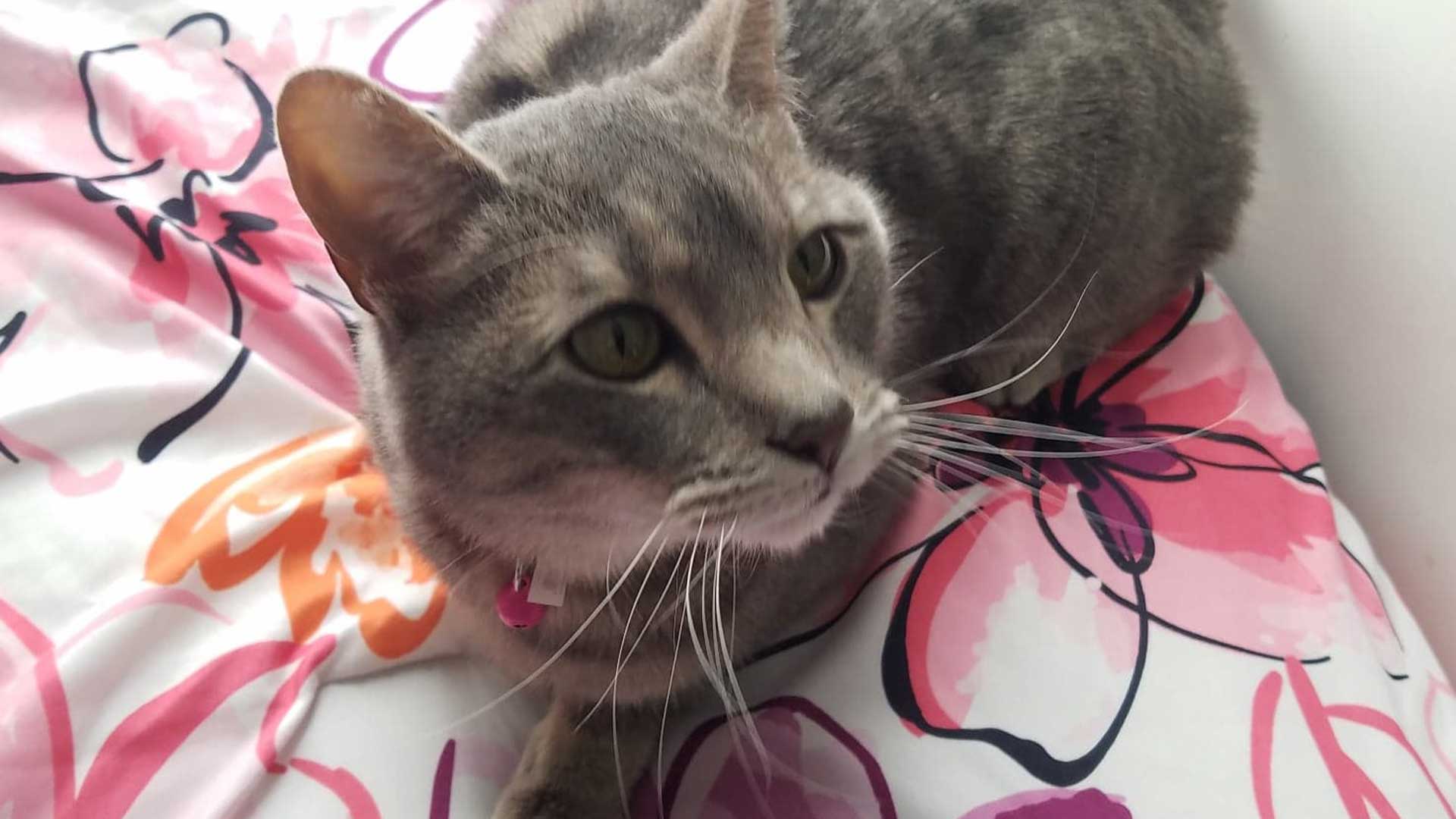You have a great idea and want to help your community thrive. Maybe you are already part of a local nonprofit or perhaps you are looking to start a new one. The question is: How do you turn your great idea into a mission that makes a difference? And how do you get that mission funded?
Are You Relevant?
I like to watch Shark Tank and other shows like it that allow inventors and entrepreneurs the opportunity to get large investments from well-known investors. Who wouldn’t want someone like Mark Cuban or Barbara Corcoran to endorse their business? I know I certainly would. Often, when I watch the show, the sharks target the viability of a product. They need to know if it is unique, if there is competition and if there is a target customer base large enough to support growth. They also look to see if there are ways to partner a product with another in their portfolio to maximize marketing (and sales) for both.
Are You Attractive to Donors?
In the nonprofit community, donors are the sharks in your pond. Fortunately, there are many “sharks” (donors) in the Corridor who give generously. In fact, Corridor cities often rank within the top 20 most generous cities in the United States. But, as philanthropic as our communities are, they are equally as cautious with how and where they choose to give. There are many options for donors, Linn County alone is home to 298 nonprofit organizations. The last thing a donor wants to do is to hand their donation to a nonprofit whose initiative is identical to efforts another nonprofit just down the street has been doing for years. Donors want to see their gifts grow and make a difference, no different than an investor’s desire to see their investment multiply.
So, how do you succeed in the fundraising “shark tank?” Here are a few tips to get ahead:
- Define a need. When looking to expand services or start a new service, first do your research to ensure that it is something that is truly needed.
- Don’t duplicate. If there is already an organization in the community effectively filling the need, your work may end up making it more costly to achieve the mission. Instead, look to how you can complement or expand on what is already being offered.
- Collaborate. Collaborate. Collaborate. With so many nonprofits in our community, there are surely several opportunities to collaborate with like-minded organizations. Consider opportunities for space sharing, joint initiatives, programs, etc. Donors appreciate nonprofits working together to minimize overhead cost while growing their impact.
- Seek funding together. Half of a big pot is always better than all of a small pot of funds. Consider the marketing and fundraising benefits of joint appeals to single donors or a group of donors. Not only will you have a larger pool of donors to approach, you also increase the credibility of both your organization and your nonprofit partner(s). Consider joint grant applications or an event benefiting two or several nonprofits.
Stay Focused on Your Mission
Your mission should always be at the forefront of any decisions made or attention sought. You are part of a nonprofit because you want to help better your community and positively impact a need. More important than an organization’s recognition for its efforts is to actually make a difference. Don’t concern yourself with public recognition unless it will benefit your mission. It is much better to share the spotlight if it means you will be able to make a bigger impact.
Our community matters. Your mission matters. The best thing that you can do to grow your impact is to work together with other organizations looking to achieve a similar mission. Together you can get ahead.
This article originally appeared in the Corridor Business Journal.
Image by rawpixel from Pixabay.





















